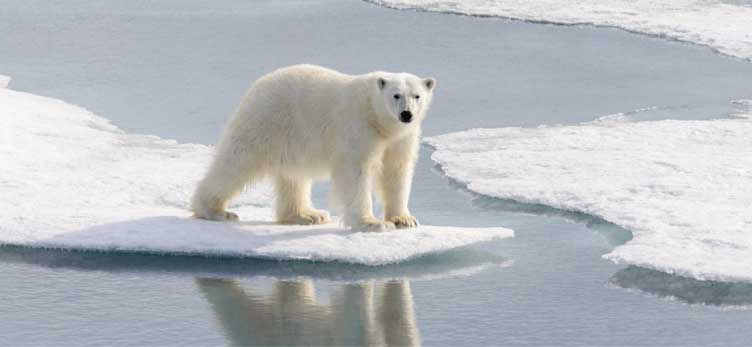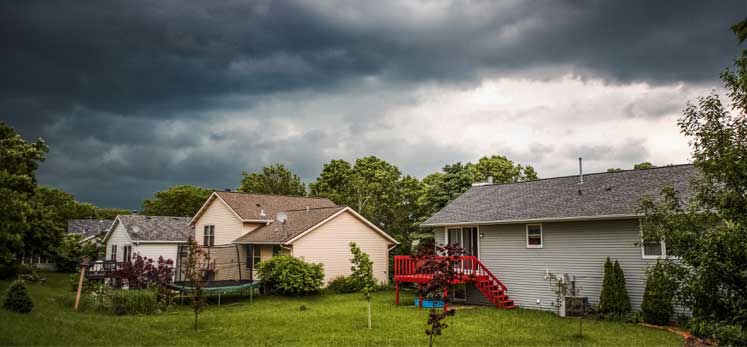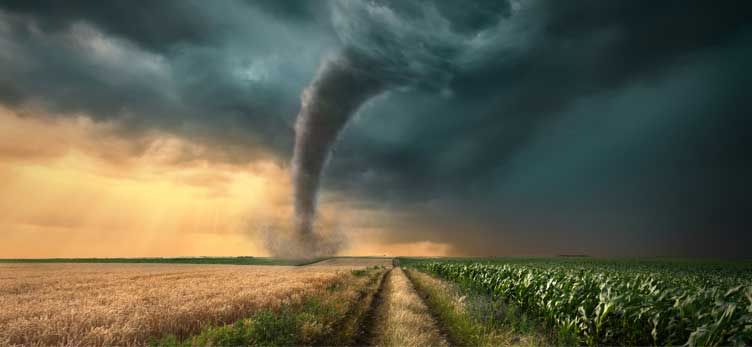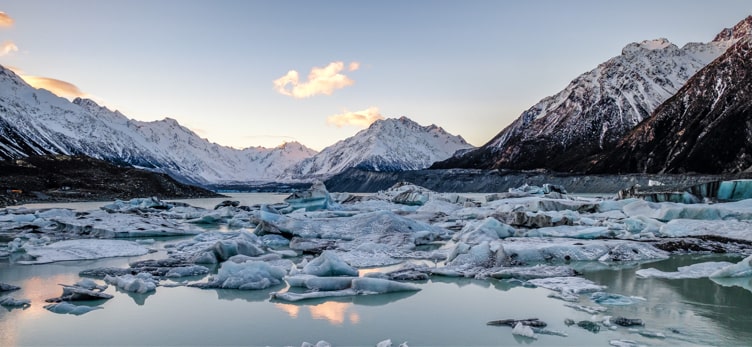- Home
- News
-
Weather Articles
-
Horoscope
- Sweepstakes
- Deal of The Day
Why Polar bears are starving because of global warming.

An accurate tale of climate change.
Headlines that are becoming disturbingly common:
- A ''mass invasion'' of polar bears terrorises island town.
- Starving, Exhausted Polar Bear Wanders Into City
The Arctic is warming twice as fast today than it has been over the last half-century. This has led to disastrous climate changes that are damaging polar bears ' sea-ice habitats and forcing them inland to scavenge food, come in contact with human populations and even fall victim to poachers.
A new study shows that these large carnivores need to eat 60 per cent more than previously calculated, as they have high metabolisms that burn through close to 12,325 calories a day even when inactive. For all their calorie-loaded needs, this makes them utterly reliant on seals for food. As solitary hunters, this dependence makes them more vulnerable than ever.
They hunt by finding a sheet of sea ice to occupy. They wait patiently for seals to poke their heads through the cone-shaped breathing holes to get to the surface. When a seal comes up for air, the bear stands on its hind legs and smacks down hard with both of its front paws to stun it. It then grabs it by the neck and drags it out onto the ice. They prefer this low-intensity form of hunting as it helps get them food while conserving valuable energy.
But climate change is causing sea ice to shrink at the rate of 14 per cent per decade. Even in the middle of today's bitter cold Arctic winter, images show a disappearance of close to 770,000 square miles of sea ice. This lack of ice is forcing bears to burn unrecoverable amounts of energy in swimming or travelling to get to sea ice. But they aren't efficient walkers even in the best circumstances.
Worse still, many are forced to stay on land fasting through summer and fall and burning off the calorie reserves they accumulated from hunting seals in spring. The inability of female polar bears to catch and consume seals is causing them to lose almost 10% of their body mass and is severely endangering the survival of the species.
It is estimated that the continued quick melting of sea ice will shrink the global population of these bears to less than 10,000 as early as 2050. On a high-calorie diet of seals, polar bears can wander over close to 95,000 square miles, but without it, the increase in walking and swimming to hunting can cause them to lose muscle mass quickly.
This usually spells the beginning of the end as muscle loss means they are too weak to hunt, and their high metabolisms mean they are still burning high amounts of energy every day. Starving female bears have reportedly swim almost 500 miles over a 10 day period. Some lose upto 22 percent of body weight in the process and can even lose their cubs along the way.
There is no doubt that as sea ice disappears, more polar bears will continue to starve and die. The only way to combat this is to address global warming and initiate a fast action plan to cut its effects quickly.








